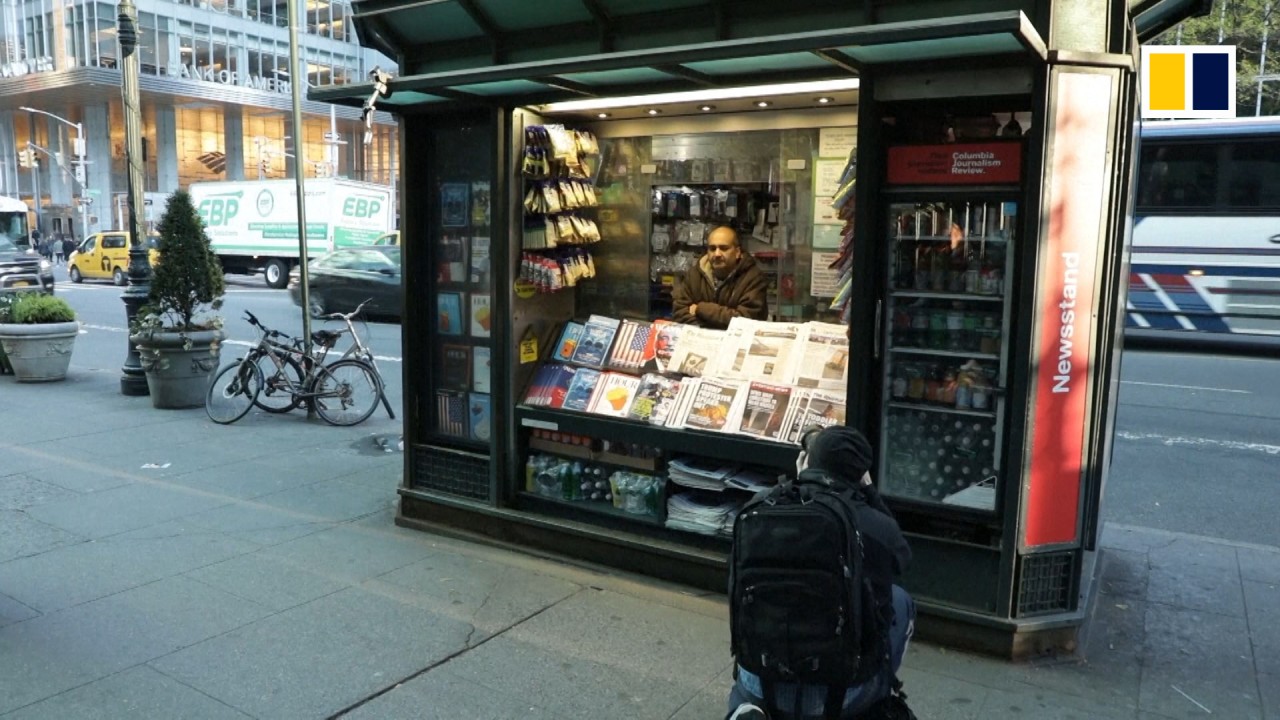Advertisement
Opinion | From US elections to violence in India, the threat of deepfakes is only growing
- With the number of deepfake videos doubling every six months, they pose a serious challenge to political systems and social stability
- Given that technology companies are motivated by profit, government must step in to regulate the creation of this content
Reading Time:3 minutes
Why you can trust SCMP
0

In September, Facebook removed several “deepfake” videos pushed out by Russian troll farms to meddle in the US elections, once again prompting discussion on the impact of deepfakes as an evolved version of fake news.
The last decade has been characterised by the spread of fake news across the world, sparking violence in India, France and Indonesia, and contributing to social division in many countries. At best, tech companies and governments have been struggling to combat these fake news; at worst, they have profited off the ensuing hatred and polarisation.
In recent years, deepfakes – fake audio and/or video content created using artificial intelligence technology known as deep learning – have gained prominence online. Deepfakes have a fairly recent history: emerging out of academic research in the 1990s, the democratisation of technology and improvements in digital media brought the technology to online users.
Apps such as Zao and Reface, which allows users to superimpose their faces onto those of celebrities, essentially use deepfake technology.

01:22
NYC ‘Fake Newsstand’ combats misinformation
NYC ‘Fake Newsstand’ combats misinformation
The number of deepfake videos is doubling every six months. For instance, according to Deeptrace Labs, a Dutch company which studies the phenomenon, the number of videos in the first seven months of 2019 were over 14,500 and close to 50,000 in July this year.
Advertisement
Select Voice
Choose your listening speed
Get through articles 2-3x faster
1.1x
220 WPM
Slow
Normal
Fast
1.1x
